Dry pasta is conceived in many shapes, extrusions, raw materials, and quality levels that you can get lost on the supermarket shelves: among dry, fresh, with egg, and long and short variants, anyone could spend even a few hours trying to distinguish low-quality pasta from high-quality pasta.
It is obvious that not all pasta is made of high quality, in many cases, it is sold in cheap proposals, without too many pretensions, to satiate taste but without spending too much and therefore focusing on poor quality raw materials and fast processing.
How to recognize a top-of-the-range pasta from a more mediocre one?
You might think it is just a matter of price, but I assure you it is not like that: there are shiny, inviting, cheap, and mouth-watering pasta packages…but, despite everything, they do not represent the best option to be evaluated!
High-quality dry pasta should appear “dusty”, opaque, and not very shiny, with a rough surface of a graying amber color. The more rustic it appears, the more carefully it will have been made. Avoid dry pasta that appears too smooth, bright, and amber-yellow, as these features are likely to indicate low quality.
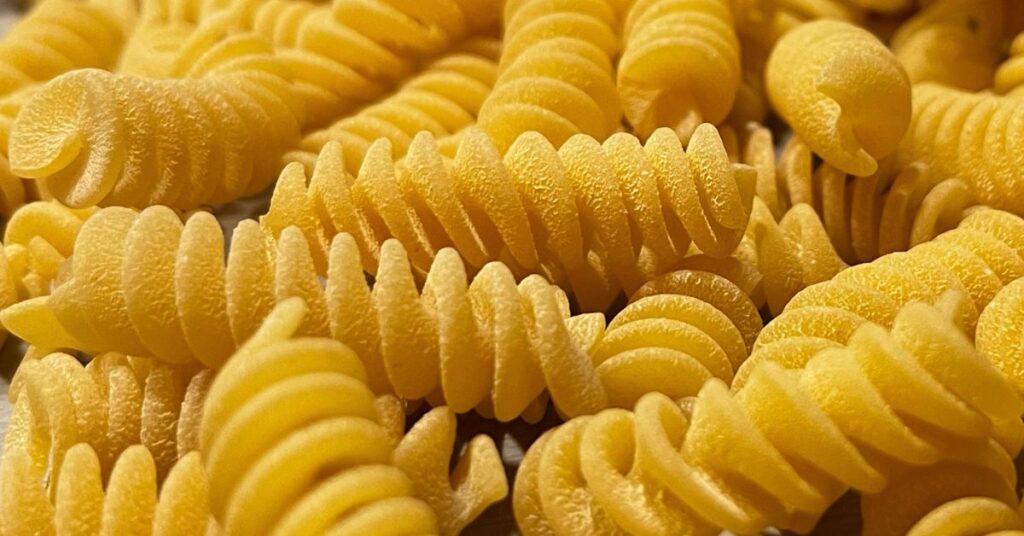
What does this aesthetic difference depend on and why is it so indicative of the pasta’s quality? I will explain it right now.
How to recognize quality pasta in the supermarket
The first thing you need to know is that dry pasta is made from a dough composed of durum wheat semolina and water, which is then compressed into a die, a mold with the shape of the desired pasta. This process is called trafilatura, and after this, the pasta is completely dried.
From here, we can understand why pasta can be made in at least three ways, using dies (the molds through which pasta takes its final shape) made of different materials:
- Teflon drawing (low quality): Teflon is a high-tech plastic widely used on an industrial level. Teflon dies are particularly smooth, do not stress the dough, and allow a very fast production. This also implies that it can work with low-quality semolina, giving a perfectly amber, shiny, and smooth macaroni result. Tempting, very nice but definitely not the best your taste can prove.
- Bronze drawing (high quality): Drawing made with bronze (or gold) dies is a slow process because these materials cause more friction on the dough and give the surface of macaroni a porosity and a roughness capable of “hooking” any sauce. Pasta appears dull, rough, and covered in powder, which is actually starch.
So, in addition to reading “bronze drawn pasta” on the package, you can verify the quality with your naked eye by observing the pasta itself, which is often visible because the package is transparent.
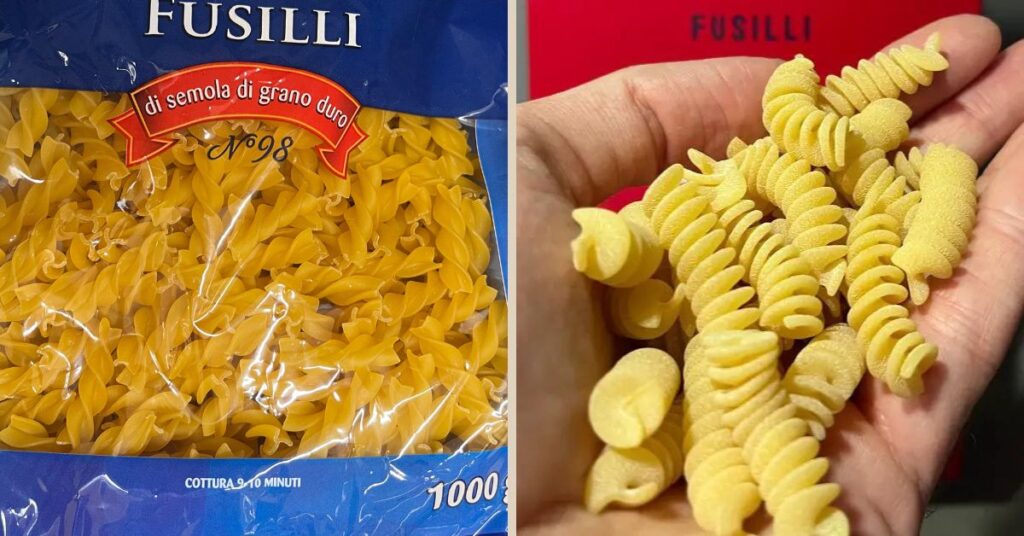
Therefore, take the package in your hand and observe the pasta inside: to be a high-quality pasta it must have these features:
- roughness;
- opacity;
- “grayed” amber color;
- dusty surface.
These are all indicative characteristics of a bronze-drawn pasta; therefore a high-quality one.
In Italy, as you can imagine, we pay great attention to evaluating pasta that is sold as high-quality pasta. Here you can read my post/tasting on the famous Barilla Al Bronzo pasta.
However, why should the color of a quality pasta be “grayed” amber and not shiny yellow instead?
A yellow pasta is the result of a fast Teflon drawing; the haste and speed applied in the production process of pasta lead to drying at very high temperatures, which will cause the starches to be lost (almost burned).
The color of the grain is more similar to golden ivory and this is how a bronze or gold drawn product can appear, being dried at very low temperatures.
Additionally, thanks to the drying phase at low temperatures, pasta better maintains the nutrients and organoleptic properties of the wheat.
Other important clues regarding quality are on the label.
Try to choose pasta made with Italian wheat (in Italy, the origin of the wheat must be indicated on the package by law). Although high-quality wheat productions exist outside of Italy, in general, if the pasta producer makes the effort to use only Italian wheat, it is more likely to maintain high quality throughout every step of production, including the drawing process.
As I said before, do not be enchanted by the price; ask yourself doubts and questions in front of a package of pasta that costs less than 1 euro!
How to recognize quality pasta once it is cooked
A high-quality pasta is easy to recognize even once it has been cooked and served, basically at the moment of tasting.
You could find yourself at an Italian dinner or at a fancy restaurant and it is very important to be able to evaluate what you are eating with a little awareness.
Here is everything to need to know when you look at your plate to understand if you are in front of high-quality pasta:
- Grayish amber color, not yellow
As I mentioned before, pasta that is too yellow is the result of a rapid Teflon extrusion and high-temperature drying, which causes it to lose (or burn) its starches and can also leave a bitter aftertaste due to the caramelization of the sugars. The color of the wheat should be more like golden ivory, which is what you’ll see in pasta made using bronze or gold dies and dried at very low temperatures.
- Roughness and texture, no smooth
The best macaroni is rough, opaque, and porous, but even free of fractures and splits. Pasta that is dried too quickly or made with violent procedures loses its elasticity, with the risk that it may fall apart even during cooking. A dry pasta with a very smooth surface instead indicates a Teflon drawing and not a bronze one.
- Smell of grain
It may seem weird to you, but those who really know about (good) pasta can recognize what is on other dishes even by smell! Artisanal or slow-processed macaroni retains the smell of wheat, which becomes even more inebriating after cooking. A pleasure that involves all the senses, a complete taste experience.
- Consistency al dente that binds to the seasoning
A pasta that does not fall apart during the cooking phase perfectly embodies the “al dente” concept. It is calloused but not crunchy, rich but not dripping with starch, and, therefore, blends perfectly with the seasoning in a state-of-the-art creaming, click here for more details about al dente pasta.
These are qualities shared with fresh and egg pasta, as well as with good quality gnocchi, so always be wary of a failed combination of macaroni and sauce!
- Extra secret tip:
I’ll tell you this in a whisper: if you have the chance to peek at the pasta as it’s draining or observe it before it’s drained, check how cloudy the water is. High-quality pasta releases little starch and, therefore, is cooked in water that remains clear. You hadn’t thought of that, had you?

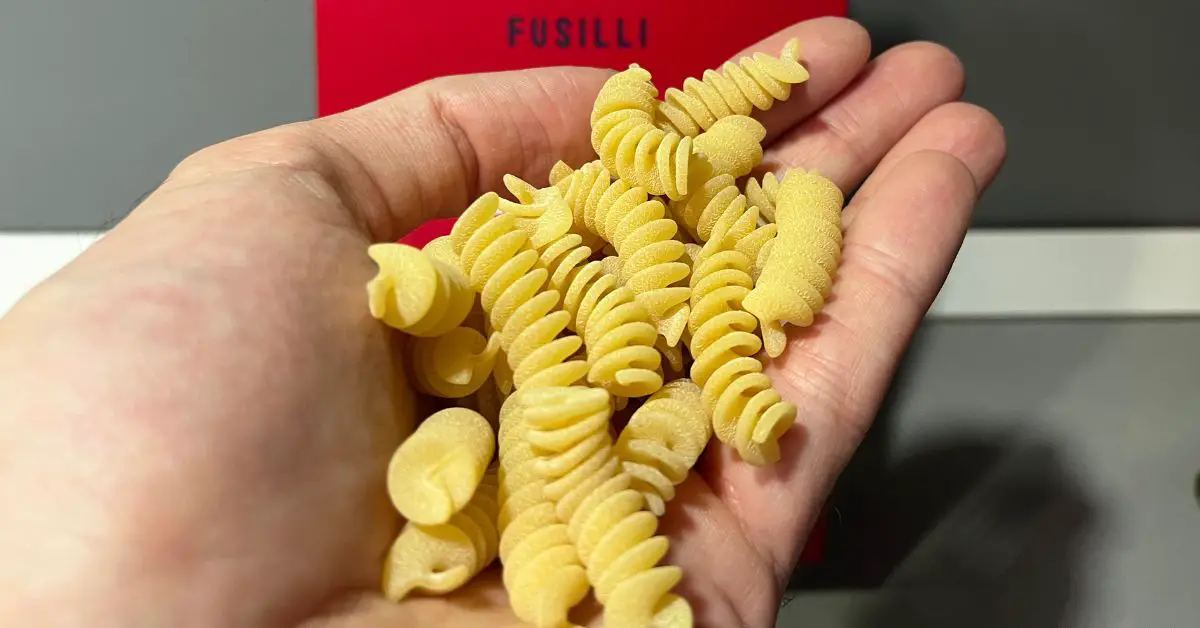
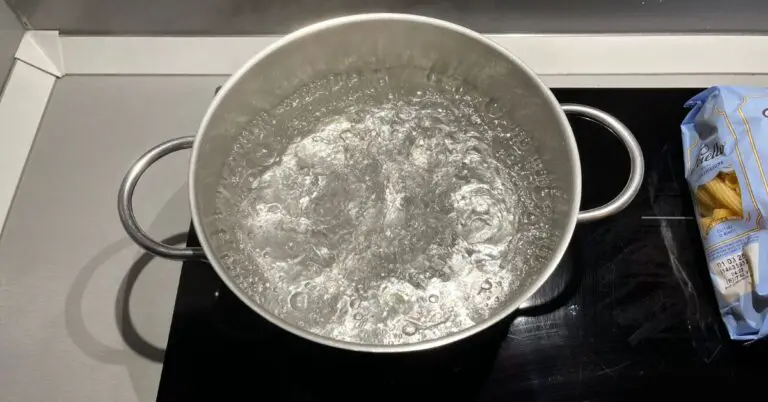
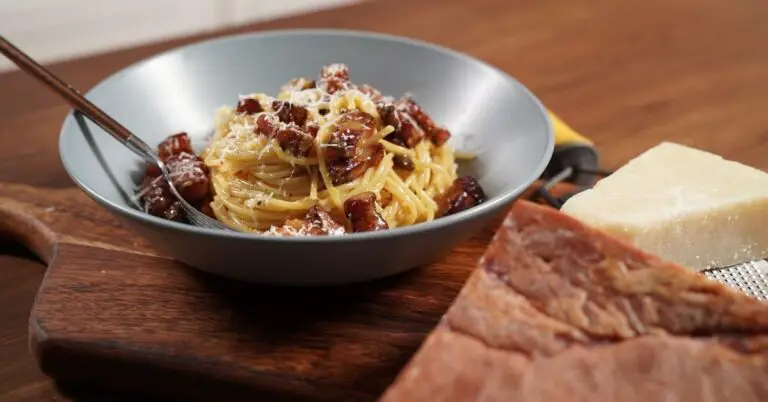
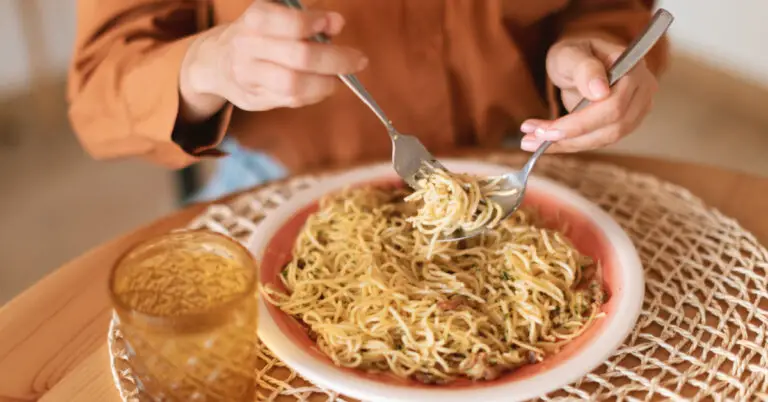
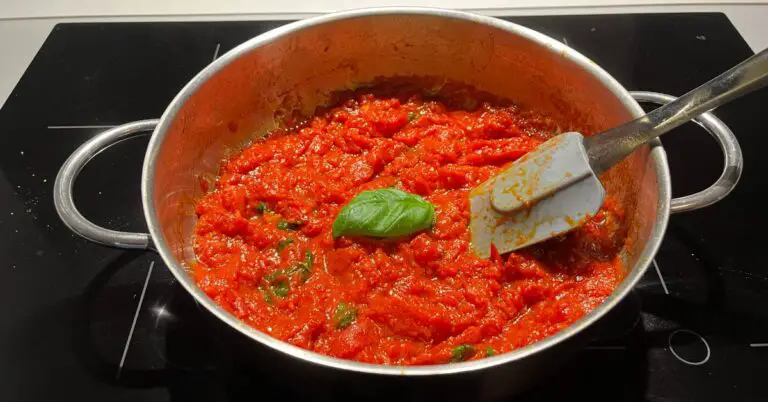
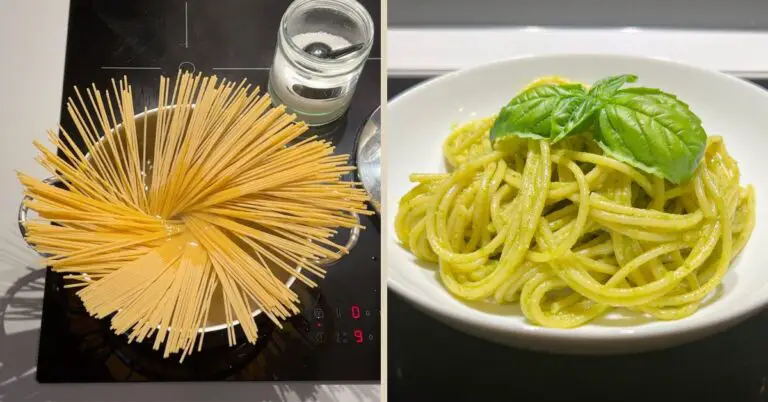
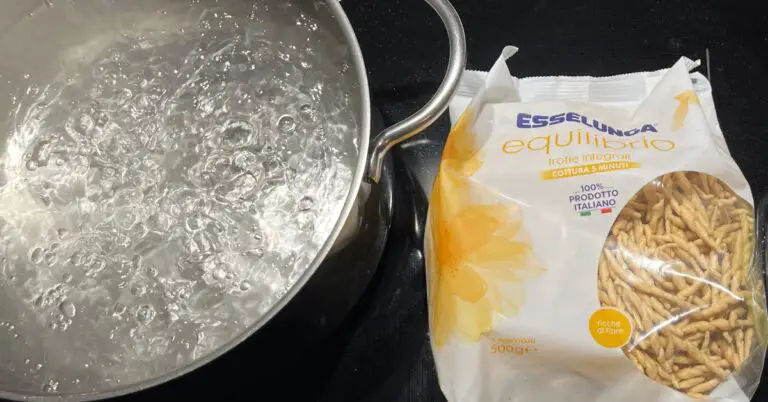
Thank you. I can’t believe how this information has been suppressed for as long as it has. Americans have been duped into buying inferior pasta for far too long.
I got some beautiful long dried spaghetti other day that was light in color and it was fantastic!
Grazie Emily! Glad that my advice helped you choose quality pasta!